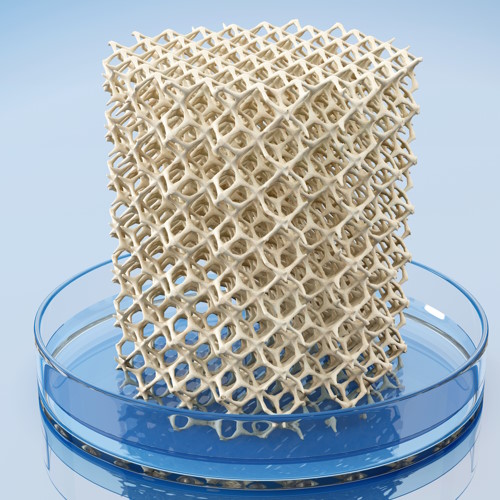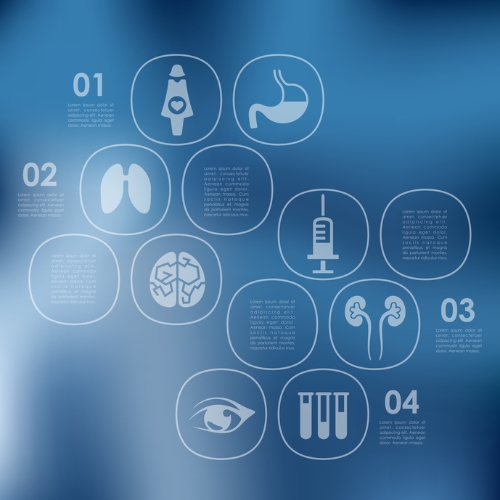Key points from article :
Researchers successfully fabricated working livers using a newly developed ultrafast volumetric 3D bioprinting method.
Printed liver units of more than 1 cm³ in less than 20 seconds.
Volumetric bioprinting involves projecting 2D light patterns into a cylindrical container filled with cell-laden photoresponsive hydrogel.
Achieved high printing fidelity with high densities of cells using a biofriendly compound which makes cells transparent.
Create different porous structures that could be perfused with nutrients in order to replace the role of blood vessels.
Safe light, rapid fabrication rate, and contactless nature of volumetric bioprinting ensured the safety of organoids & kept them alive.
Proved that bioprinting is capable of improving functional resemblance between printed structures and natural tissues.
Liver units could open opportunities for regenerative medicine and personalized drug testing.
Research by Utrecht University, led by Riccardo Levato, published in the Advanced Materials.






